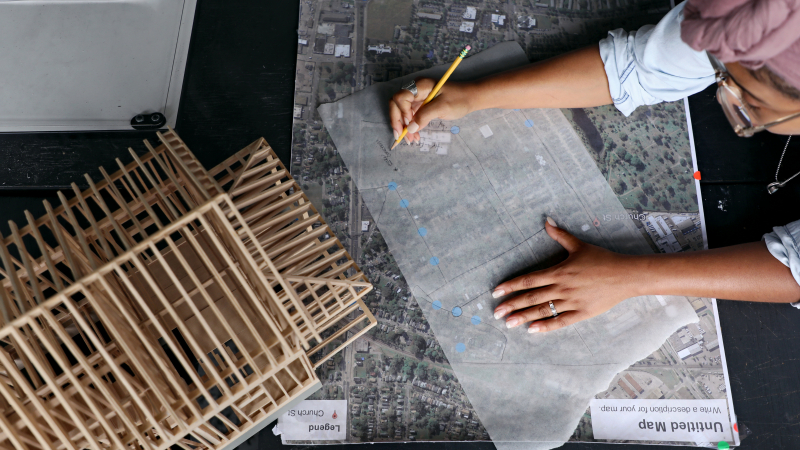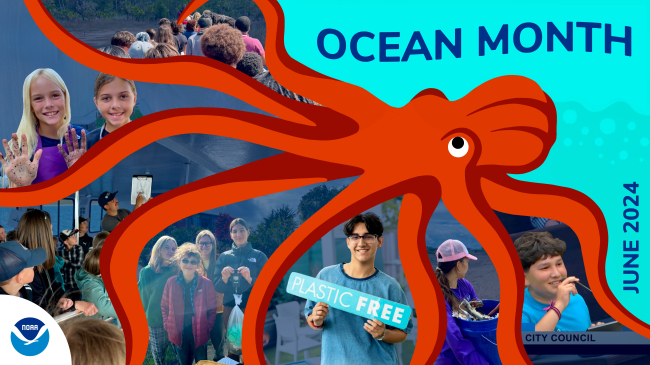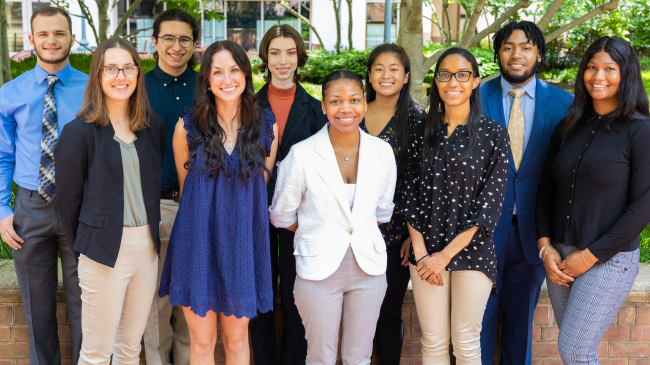In the Hampton Roads region of Virginia, which deals with one of the highest rates of sea level rise along the East Coast, residents worry constantly about recurrent flooding — especially after heavy storms or during high tide.

Ashley Montgomery is an architecture student and a Virginia Sea Grant Future Resilience Leader. She is one of the leaders of the Coastal Community Design Collaborative, a group of student architects, engineers, and marine biologists that develop innovative designs to help Virginia’s Hampton Roads neighborhoods deal with flooding. (Image credit: Aileen Devlin/Virginia Sea Grant)





